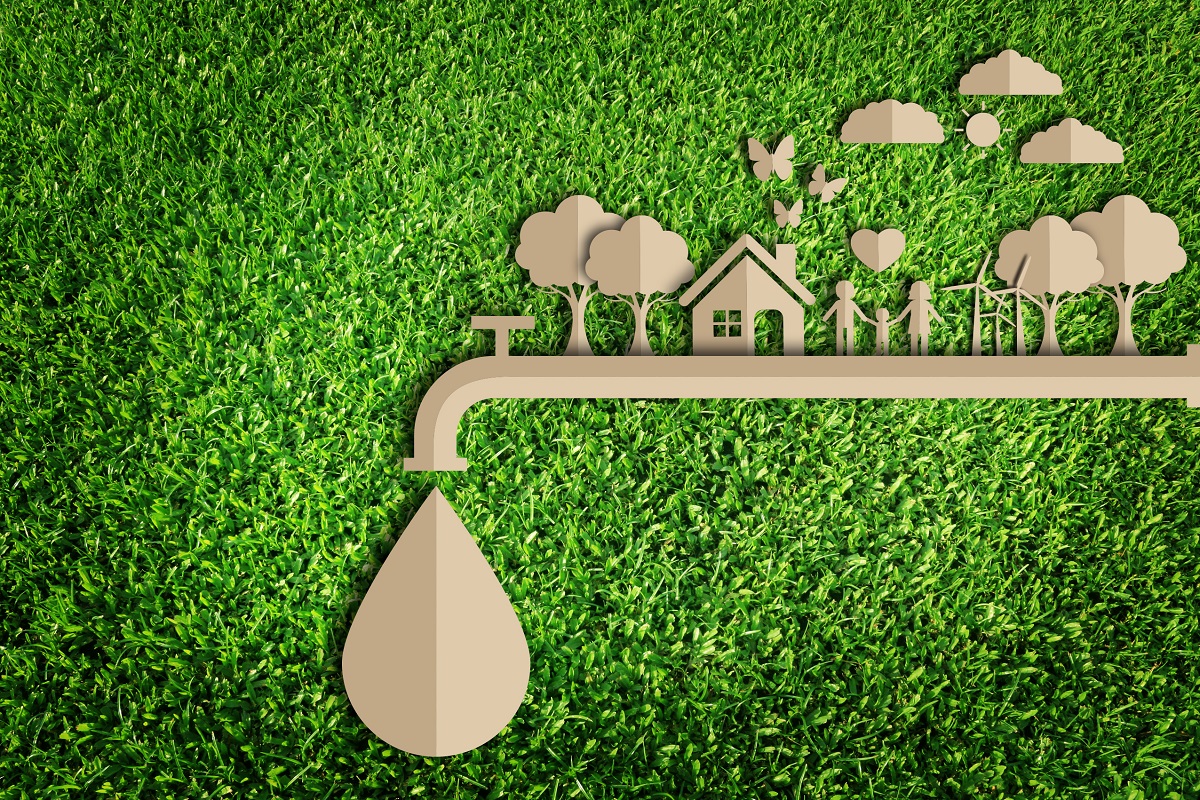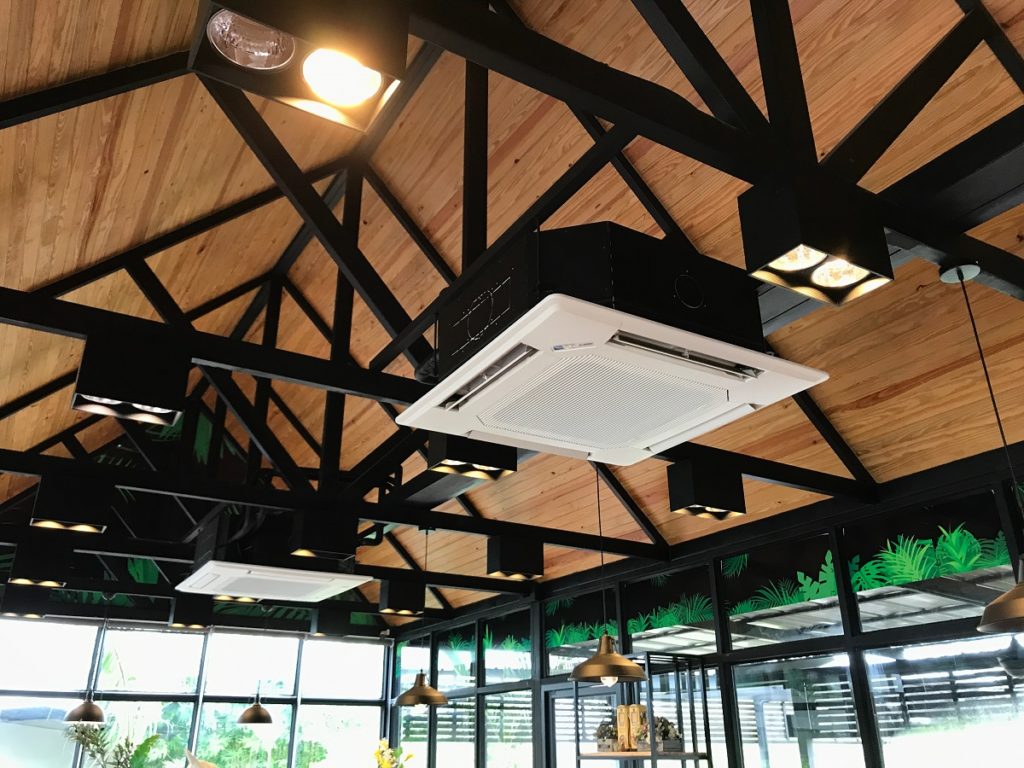Steel has gradually improved over the years and has become the go-to building material for everything from modest residential homes to the tallest skyscrapers. In fact, the advantages of steel in construction are already presenting themselves — with the use for residential applications increasing over 52% in recent years
Whether you’re still paying off a mortgage loan for your dream house or an established proud homeowner, if you want the structure to last long, using steel construction is your best choice.
Here are the different advantages of using steel construction for your home.
Durability and Design Freedom
Steel is naturally stronger than other building materials like wood. It also offers more design freedom in color, shape, and texture, giving professionals the chance to explore ideas and develop newer and better solutions. Moreover, steel enables architects and engineers to create larger open spaces without any obstructions, freeing structures from stuffy columns or load-bearing walls.
Efficient
Steel as a building material can be quickly and efficiently assembled no matter the season. That’s because most components are pre-manufactured off-site, only requiring minimal on-site labor. In fact, builders can create a whole frame in only a couple of days rather than weeks, reducing construction time between 20% to 40%, depending on the project’s scale. Plus, the structural steel’s naturally lighter weight compared to other building materials like concrete enables a smaller and straightforward foundation.
These efficiencies result in more considerable economic benefits, from faster construction, reduced site management expenses, and an earlier investment return.
Adaptable and Accessible
Nowadays, a structure’s function can change quickly and significantly — from a tenant wanting to increase floor loads to repositioning walls to give space to new interior layouts. Using steel can seamlessly cater to these adjustments, making them highly adaptable. For instance, builders can use non-composite structural steel that can be made composite with existing structures such as floor slabs to increase strength and reinforcement without additional framing or relocation.
Recyclable

When a steel-constructed home gets demolished, instead of ending up in landfills like wooden structures, manufacturers can reuse its components by melting it and repurposing it. In fact, you can recycle steel endlessly without losing its essential properties, ensuring nothing gets wasted. Using steel can save natural raw resources since over 30% of today’s new steel originates from recycled steel.
High Resistance to Natural and Man-made Disasters
Steel has a relatively high resistance to all types of disasters, whether it’s natural or man-made. That’s because extensive testing of the building material and existing steel structures has given the industry a thorough understanding of how steel buildings will respond to different scenarios such as fires or earthquakes. These added features can make your home safer and durable, keeping you and your family protected against these unprecedented disasters.
However, like with anything else, steel also has its downsides. Since it’s an alloy of iron, steel is prone to corrosion, and though you can address these different anti-corrosion applications, it can be costly to maintain. But besides that, steel’s strong properties mean it can help your home last long-term — as long as you practice proper maintenance.
When you compare the benefits provided by steel to other building elements, it outperforms the others in nearly every way possible, making it a great addition to any home.
